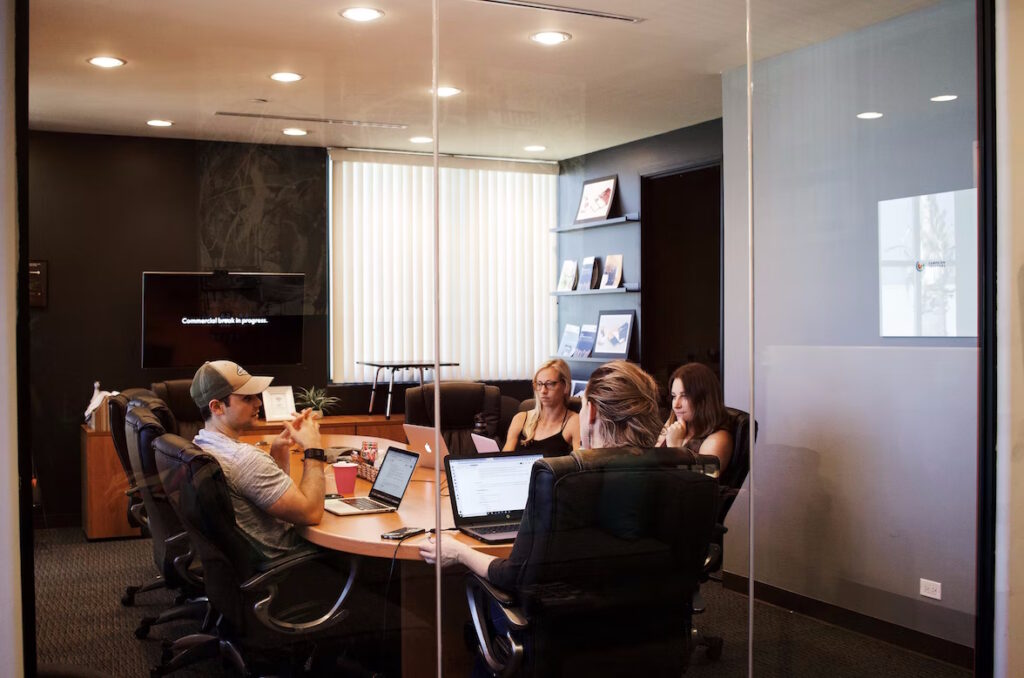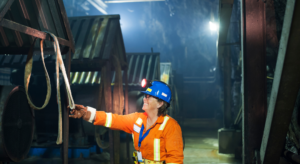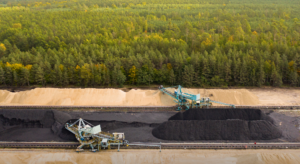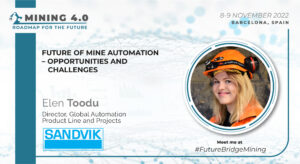Mining has a reputation for being a boys club, a reputation it, unfortunately, has done very little to prevent. Women are underrepresented in all areas of the industry and consist of roughly 10% of the global mining workforce. As of writing this text, there are no female mining CEOs. As the industry goes forward, it needs to adapt to the future. Some studies show that diverse workplaces are more efficient and innovative. The ‘boys club’ reputation might also drive away skilled, female specialists who could have many positive contributions to a company.
Why are there so few women in mining?
Many women do actually want to work in mining, as many specialist roles offer good remuneration and benefits. The industry, however, suffers from very poor retention of female workers. Unfortunately, often women feel like they are being denied the chance to advance and develop themselves. Some stated that they always felt sidelined by managers who would regularly select male workers for mentorship, training, and ultimately advancement. Since they feel that they can’t progress at a mining company, many will instead reeducate themselves and enter other fields. This is a significant issue in the industry, as mining requires educated and skilled specialists. The majority of women who do work in mining tend to be in HR or administrative roles, reinforcing the idea that the actual mining part of an operation is just for men.
Why is this a problem?
The existence of a male-dominated corporate culture ultimately compounds the issues stated above. In the long run, the company will end up struggling with the retention of valuable employees and might find it difficult to attract female workers and specialists. Labor is an important concern going forward and companies need to set themselves up for success by not excluding half the workforce because of outdated gender biases. It’s also worth noting that diversifying a workforce has benefits. New perspectives, ideas, and innovations are often found in companies that regularly and actively hire from a variety of demographics. The mining industry needs to keep up in the 21st century, lest it loses its best minds to other industries.
What can be done to attract more women?
Firstly, mining companies need to address their own company culture and look for ways to not let women feel excluded. It could be useful to hire an external auditor to look for ways the company can remove any biases it has. Oftentimes there can be unconscious gender bias among management which normalizes the “boys club” attitude among employees. Companies could also attempt to set more equalizing hiring goals. Having more women at a company could naturally lessen a male-dominated culture. It would also lead to more leadership roles for women in the future, which could help with the retention of female workers.
Success stories
Despite these challenges, some women do rise to positions of power in the industry. Positive examples include Janet Sheriff, the Executive Chair of C2C Gold Corporation, who has over 25 years of senior management experience in the industry. She has also spearheaded innovative initiatives in community participation around mining sites. Jennifer Maki is on the board of directors for the Pan American Silver Corporation, Baytex Energy, and the Franco-Nevada Corporation, while starting out as a geologist. Her abilities and hard work enabled her to rise to senior management. There are other examples of highly successful, skilled women in the industry, but the focus shouldn’t just be on a handful of leadership roles. The industry needs to make space for women at all levels. This will naturally allow for more gender equality in the company, with lasting benefits for the future.
What should companies do?
First and foremost, the industry needs to acknowledge that it has a problem. This may require an honest analysis of company culture and a roadmap for how to fix it. Hiring strategies can be evaluated and adjusted and management training should be extended to both genders equally. The demand for highly skilled specialists will only grow as the industry progresses. Excluding women will significantly hurt the industry’s ability to hire, as they will end up excluding half of the workforce. Companies need to prepare for the future by learning from experts and engaging with peers.
Join key decision-makers at the Efficient Mining Operations Summit in Barcelona, Spain from May 4th to 5th to learn more. Visit future-bridge.eu or mining-events.com and follow us on our social media to keep track of other events about sustainability in the mining and metals industry.





